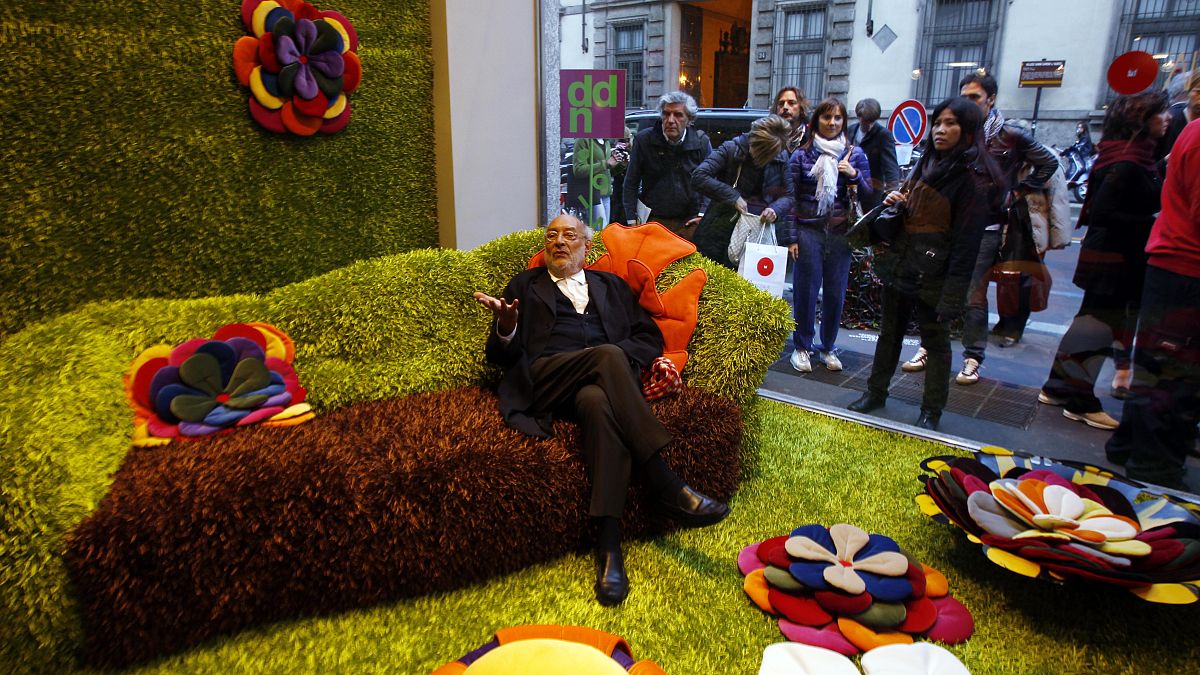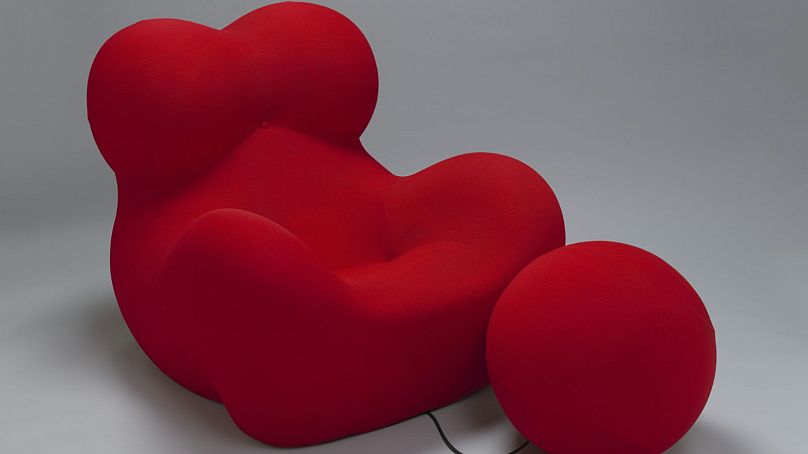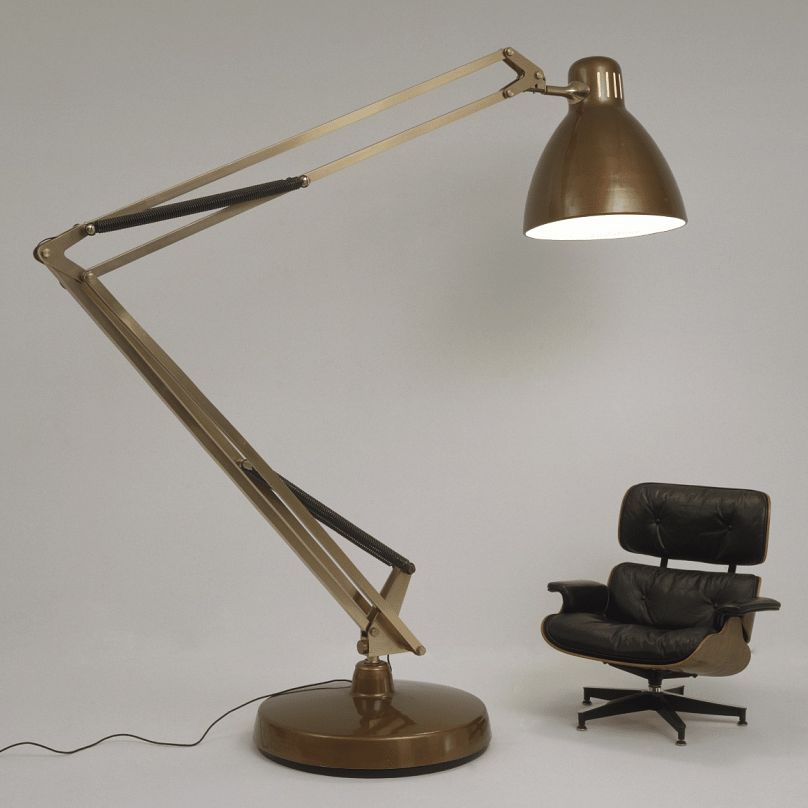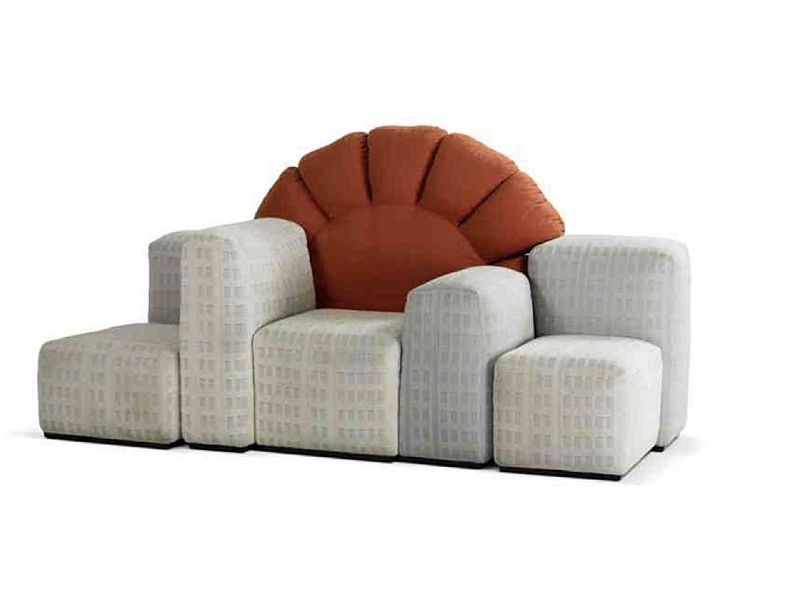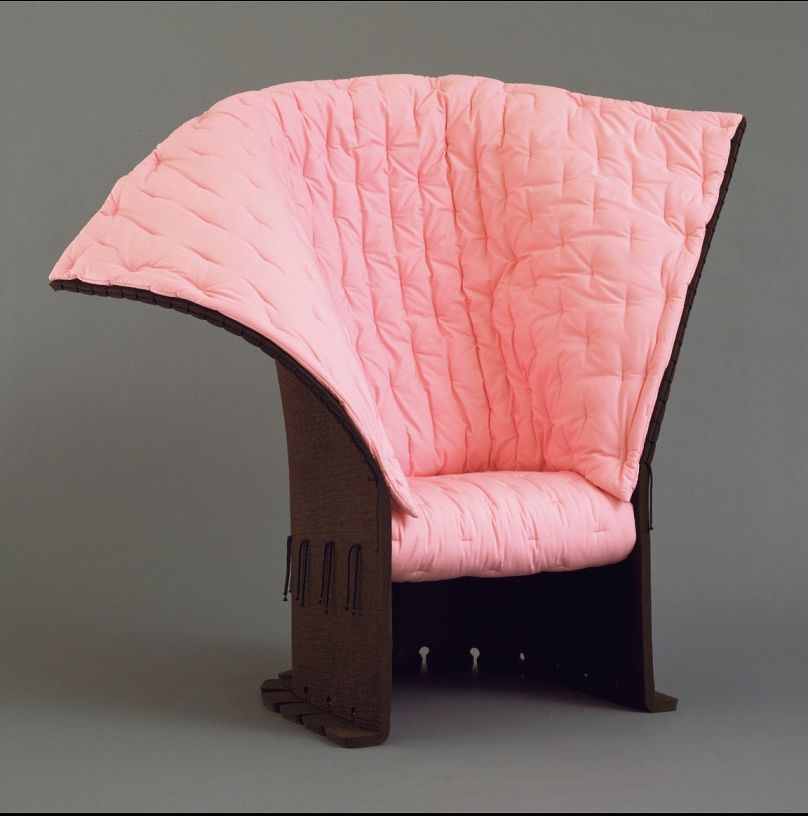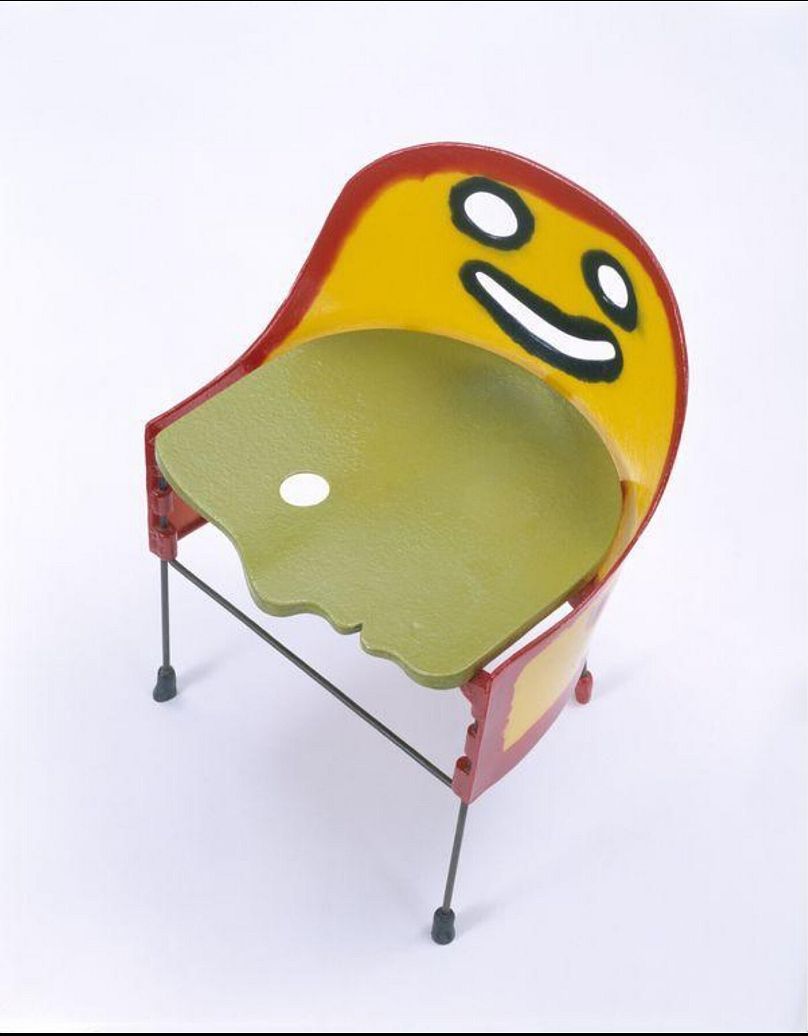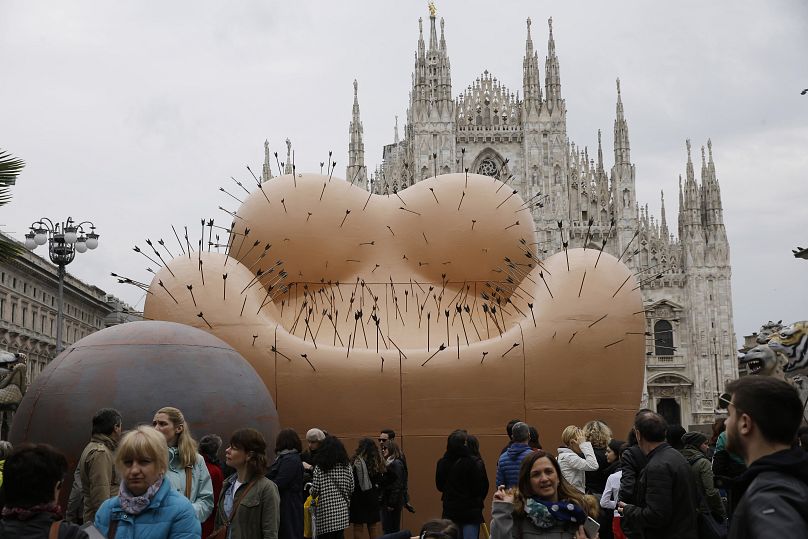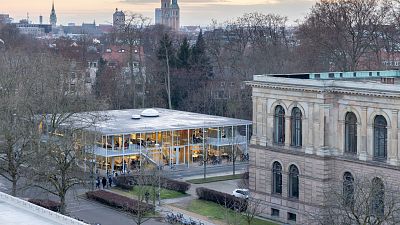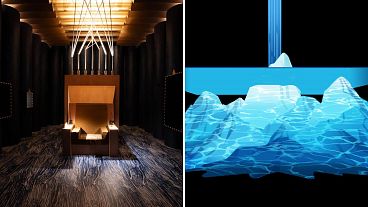Following the death of Gaetano Pesce, one of the world's most influential designers, we look back at some of his big, bold and occasionally bulbous works.
Italian designer and architect Gaetano Pesce was a pioneer of surrealist design, taking the traditional then warping it into something near-hallucinogenic through liminal lure.
On 4 April 2024, Pesce's studio announced via an Instagram post that he had died aged 84.
"Over the course of six decades Gaetano revolutionized the worlds of art, design, architecture and the liminal spaces between these categories," the studio wrote.
"His originality and nerve are matched by none."
Born in La Spezia, Italy, in 1939, Pesce's works were influenced by his post-war upbringing and cultural heritage; the religious theatricality of Italian baroque of particular inspiration, despite his secular beliefs.
He studied art at the University of Venice, where he began experimenting with unusual textiles, colours and shapes.
In the early 60s, Pesce joined Gruppo N (also known as Gruppo Enne), a design collective that specialised in artworks with no singular author.
As the decade progressed, Pesce secured a reputation as a revolutionary thinker in the worlds of architecture and conceptual design, joining the Radical Design movement to challenge traditional ideas of "good design" and its disconnect from societal issues.
Alongside the likes of Ettore Sottsass and architecture firm Superstudio, Pesce was an integral part of the 60s and 70s avant-garde wave of artists, reimagining what design could look like and how it could be impactful both socially and politically.
One of the most striking examples of Pesce's works was his 1969 series of UP furniture. Made from foam, they would rise and morph once unpacked, the UP5 chair filling out into voluptuous bumps inspired by a female silhouette. The puffy spherical ottoman was attached like a ball and chain, but symbolic of a womb.
“It’s an image of a prisoner,” Pesce said in an interview with Architectural Digest. “Women suffer because of the prejudice of men. The chair was supposed to talk about this problem.”
Throughout his six decade career, the impact and influence of pesce's works never wavered. Aesthetically unique, they're a reminder of the power within design to inspire both childlike curiosity and socioeconomic change; bold ideas paving the way for bold progress.
His works have been shared all over the world, with permanent displays at various museums including London's Victoria and Albert Museum and the Centre Pompidou in Paris.
Two new projects by the artist are due to be unveiled posthumously at the 2024 Milan Design Week: an exhibition titled 'Nice to See You' and a collaborative installation with the City of Milan.
In remembrance, here's a look back at some of Pesce's most iconic pieces.
'Moloch Floor Lamp', 1970-71
There's something indescribably satisfying about taking everyday objects and turning them into very very tiny - or very very big versions. Pesce did exactly this with a standard desk lamp turned godzilla-sized, towering over you with a roar of white light.
According to MoMA (The Museum of Modern Art), the piece calls into question consumerism. Why do we feel the need to keep buying things, and where does our endless need for novelty lead us?
'Tramonto a New York', 1980
Based on the New York City skyline, this blocky sofa is made up of skyscraper seats and armrests, and a semi-circle sunset for a backrest. Simplistic and cartoony in character, it mimics the kind of imagery you might see on kitschy postcards or souvenir shirts. It could also be a comment on the city's changing values at the time, with Pesce drawing inspiration from a visit he made in the late 70s, according to the Vitra Design Museum:
"Gaetano Pesce found that the city he had experienced as full of energy and opportunities had become less stimulating and wondered whether it was entering an era of decadence. Reflecting on this impression, he designed the Tramonto a New York (Sunset in New York) sofa."
Pesce would return to this design in 2022, creating a resin screen version for a collaboration with New York-based designer Cassina.
'Feltri Chair', 1986
Made from a thick felted wool and resin, this chair appears to welcome you with open arms. Curiously, its structure was manoeuvrable, and could be folded inwards to become more of a cocoon (cosy). Its use of more simplistic materials also meant it could be produced for cheaper.
“Many people say that the future will be more complex. I don’t believe that," Pesce told the Kirkland Museum. "Instead we will have shorter production runs—not millions of copies but 3000 or 4000. Technologies must therefore be inexpensive…. Feltri represents this idea very well," he continued.
'Crosby Chair', 1998
It's a little bit 'Don't Hug Me I'm Scared', but this creepy cute chair for children perfectly captures Pesce's playfully subversive approach to design and his beliefs in its ability to be both practical and symbolic.
The bright colours, classic of kids' furniture, makes this particular piece seem simplistic at first - until you look closer and realise there's also a more human side profile depicted on the seat, contrasting with a smiley face, outlined in smudgy black, on the back.
"Many of Pesce's designs for furniture and interiors have anthropomorphic qualities," the Young V&A Museum stated. "He made adult and children's Crosby chairs, which were named after the location of his workshop."
'Maesta' Sofferente (Suffering Majesty)', 2019
A reproduction of his infamous UP5 chair for its 50th anniversary, this piece was displayed beside the Duomo gothic cathedral for 2019's Milan Furniture fair. It measured eight meters tall and was pierced with arrows. While the design has always been political, this time commenting on violence against women, it still proved controversial with some feminists.
